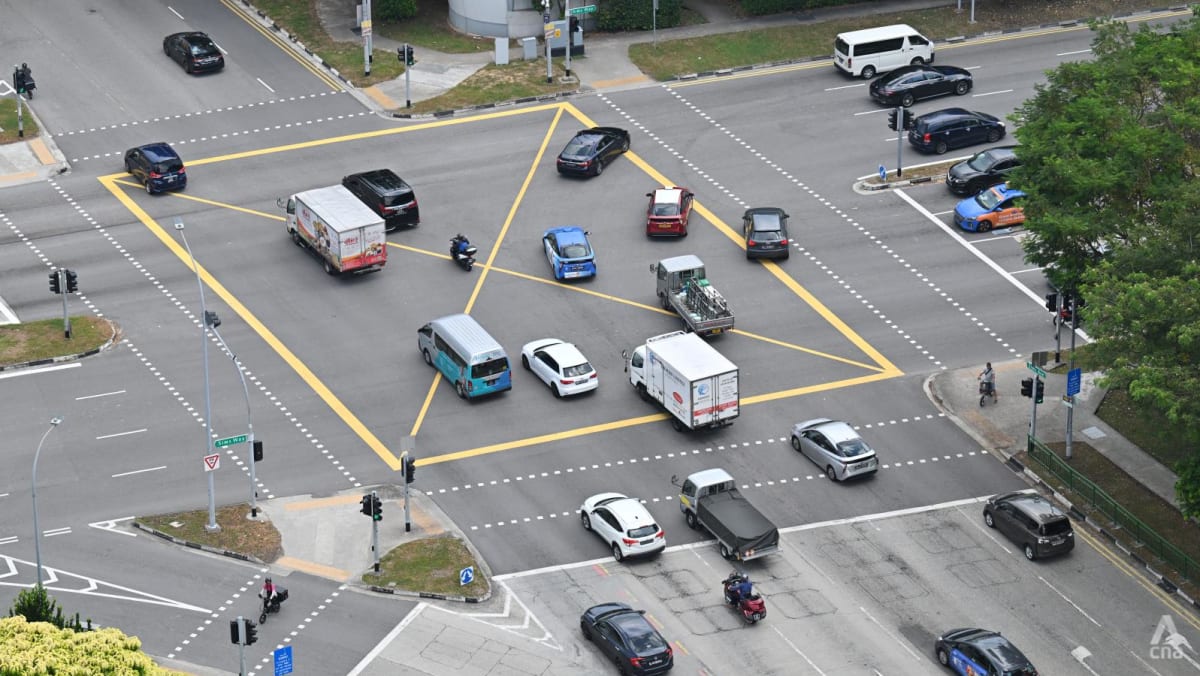WHAT’S POSSIBLE WITH TIMELY DATA
Countries around the world have found that better data leads to better prevention.
Japan, for example, passed a national suicide prevention law in 2006. Officials collect and share detailed information not just on deaths, but also on risk factors such as age, method and motivation. This data is shared with local municipalities, allowing tailored responses.
Some communities focus on elderly isolation, others on youth stress. Volunteers are mobilised to monitor high-risk locations, and in some areas, blue LED lights – believed to have a calming effect – are installed at train stations to stop people from jumping in front of oncoming trains.
As a result of its efforts, Japan’s suicide numbers have fallen from over 30,000 in 2009 to 20,268 in 2024, showing that consistent, localised data can support meaningful change.
Meanwhile in Norway, the National Centre for Suicide Research and Prevention runs a nationwide surveillance system that links cause-of-death data with mental health and addiction records. Using encrypted and anonymised data, the system identifies whether people who died by suicide had recent contact with care services. This information helps the system improve, whether by updating protocols, staff training or outreach.
In Boston in the United States, public schools conduct regular anonymous surveys with students, asking about emotional well-being, self-harm and suicidal thoughts. When data showed rising distress among LGBTQ+ students during the COVID-19 pandemic, the city responded. Peer groups expanded, partnerships grew and resources were redirected to where they were most needed.
These examples offer valuable lessons, but they are not without flaws. Even in well-established systems, challenges remain. Healthcare providers often face unclear reporting duties and worry about how data sharing might affect patient care. Privacy laws are sometimes misunderstood or unevenly applied, and coordinating across agencies is rarely straightforward.
Resources are also a major constraint. Building and sustaining such systems takes years, millions in funding and skilled staff to manage and interpret data.
These aren’t reasons to stop trying. But they show that good intentions must be backed by clear design, long-term support and strong safeguards. Singapore can learn from both the progress and the pitfalls.













